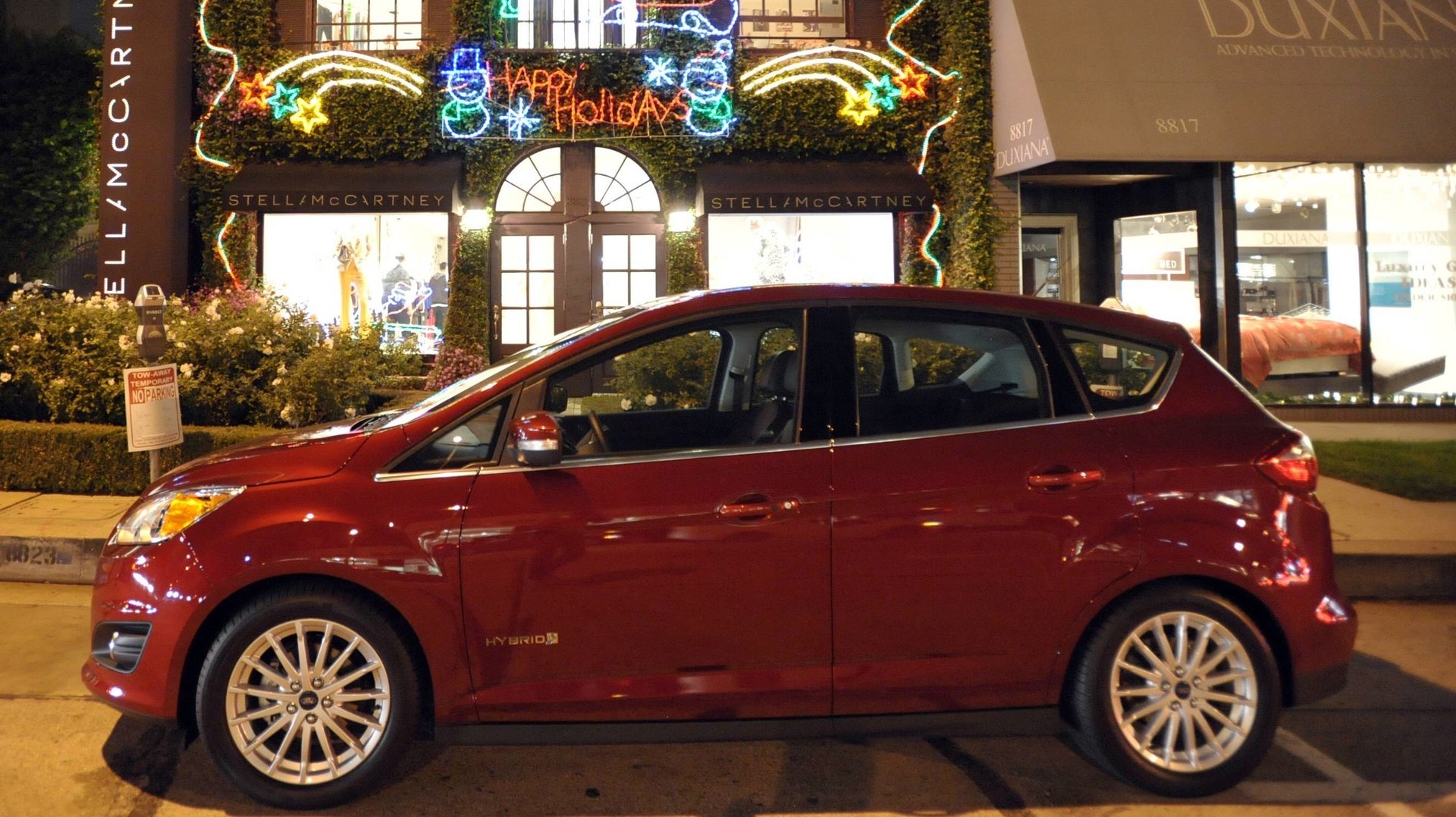Ford and the US government admit that measuring miles per gallon is an inexact science
It turns out the Ford C-Max isn’t quite so max after all.


It turns out the Ford C-Max isn’t quite so max after all.
After months of criticism—and a couple of lawsuits—alleging that Ford and the US Environmental Protection Agency (EPA) overstated the fuel economy of the automaker’s much-hyped hybrid car, the government today downgraded just how far drivers can go on a gallon of gasoline. Ford, meanwhile, said it would give a $550 rebate to owners of the 2013 C-Max. (If you lease the car, you’ll get $325.)
Marketed as a challenger to Toyota’s Prius, the C-Max initially scored an EPA rating of 47 miles per gallon (mpg) for city, highway and combined driving. Today, the government said the revised rating is 45 mpg city, 40 mpg highway and 43 mpg combined driving.
So how did the EPA and Ford manage to get it wrong?
“Ford based the 2013 Ford C-Max label on testing of the related Ford Fusion hybrid,” the EPA said in a statement.
Huh?
Under 36-year-old EPA regulations, the government allows automakers to use the fuel economy rating of another car as long as it has the same engine, transmission and weight. But the Ford C-Max is a boxy compact hatchback while the Fusion is a mid-sized sedan, so they have quite different aerodynamics. The C-Max alone comes with three different engine and transmission combinations—a gasoline only model, a gasoline-electric hybrid and a plug-in electric hybrid.
The fiasco underscores just how the automotive bureaucracy has failed to keep up with technological changes in the car industry. The EPA regulations have been criticized for years, but with fuel economy now a key selling point for cars—especially hybrids—the stakes are now much higher.
From now on the C-Max will get its very own fuel economy label based on testing of the car and not another. But your actual mileage may vary.